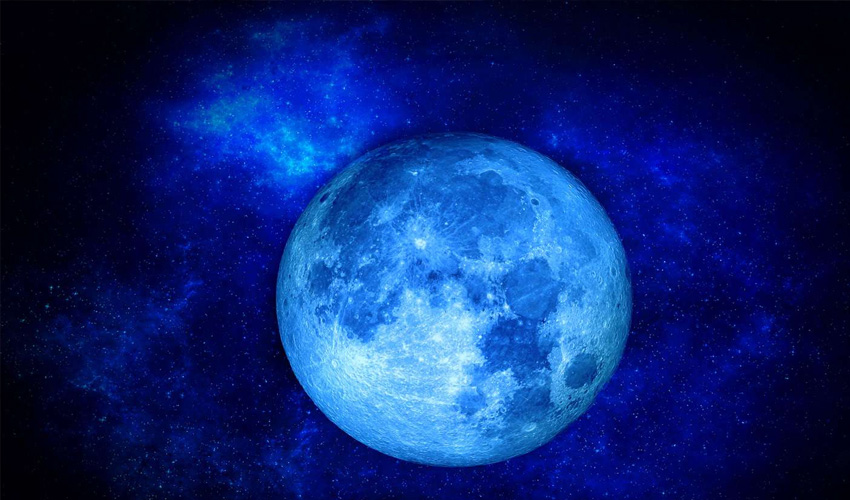There are two types of Blue Moons: the monthly and the seasonal. The monthly Blue Moon, although rare, occurs when there are two full moons—or supermoons—in a single month.
You might wonder why this is such an uncommon event. It’s because the moon’s cycle is about 29.5 days long, while a typical month on Earth lasts 30 to 31 days.
According to NASA, the phenomenon of two supermoons occurring within a single month happens every two to three years. The first type of Blue Moon is when there are two full moons in one month, and this second full moon is what we refer to as a “Blue Moon.” This rare event happens only once every two to three years.
The second type is the seasonal Blue Moon, which occurs when a calendar season has four full moons instead of the usual three. In this case, the third of the four full moons is called the Blue Moon.
Tonight’s widely anticipated Blue Moon falls into this seasonal category, as it will be the third full moon in a season that will have four. Additionally, tonight’s full moon will be a “super blue moon” because it will be at its closest point in its orbit around Earth.
However, not all Blue Moons are supermoons. Only about 25% of all full moons are supermoons, and just 3% are Blue Moons. NASA defines a supermoon as a full moon that occurs when the moon is within 90% of its closest approach to Earth, known as perigee. At this point, the moon can appear up to 14% larger and 30% brighter than when it’s farthest from Earth.
The next Blue Moon is expected in May 2027.
As for where the super blue moon can be seen, the Space and Upper Atmosphere Research Commission (SUPARCO) has confirmed that Pakistani stargazers will be able to observe the super blue moon tonight from 11:26 p.m.
Elsewhere in the world, the phenomenon will be visible in Australia for three consecutive days, from Sunday morning to early Wednesday morning, according to NASA. Australians can expect to see the super blue moon in its full splendor on Monday evening, and if missed, the moon will still be brilliant on Tuesday night, according to the Sydney Observatory.
In North America, the super blue moon will peak at 2:26 p.m. EDT on August 19 and will appear full for approximately three days, as per NASA.
In India, the super blue moon will be visible tonight through the early morning of August 20.
In European and African countries, the super blue moon has been visible since the evening of August 18 and will continue through the early morning hours of August 20.


